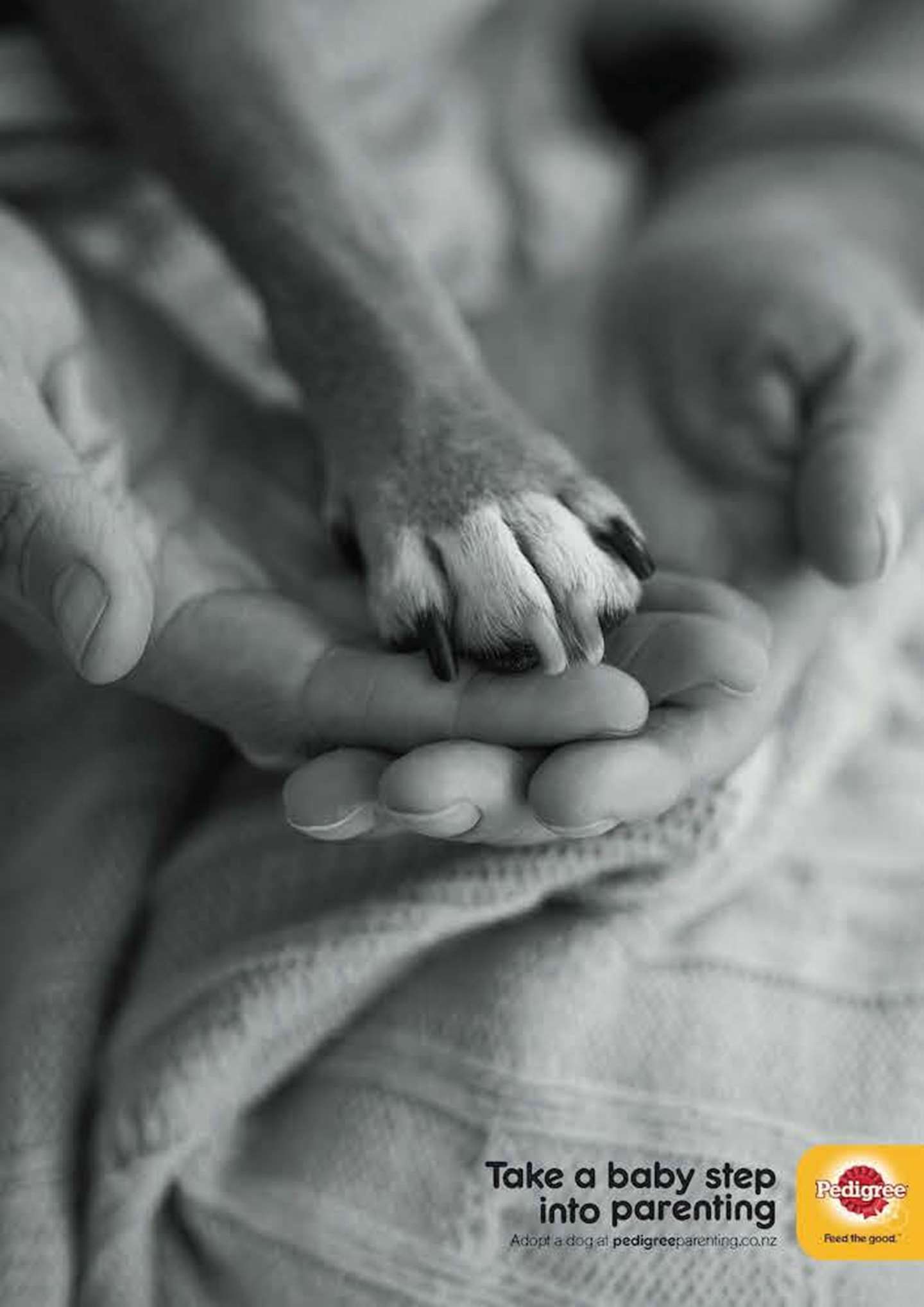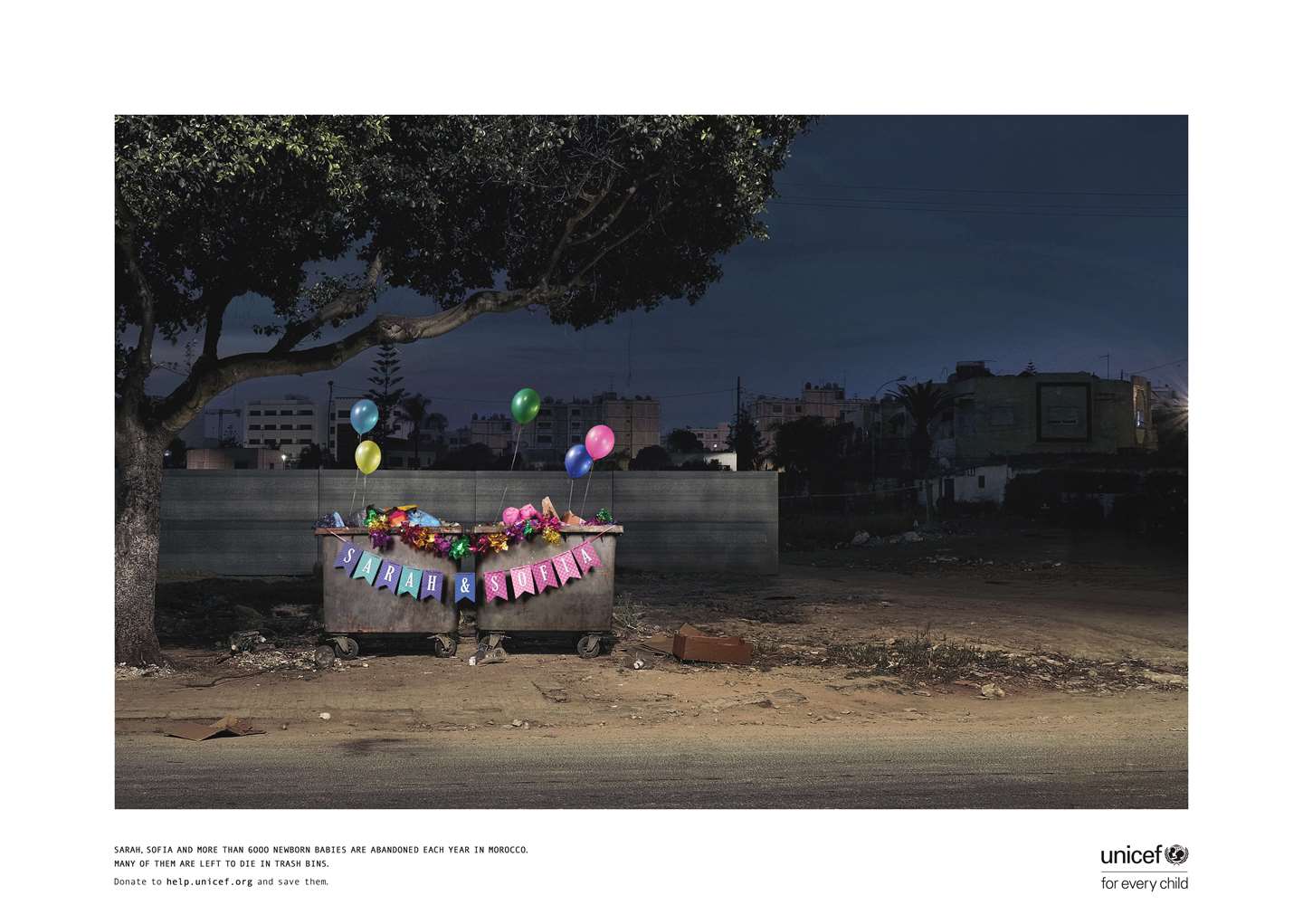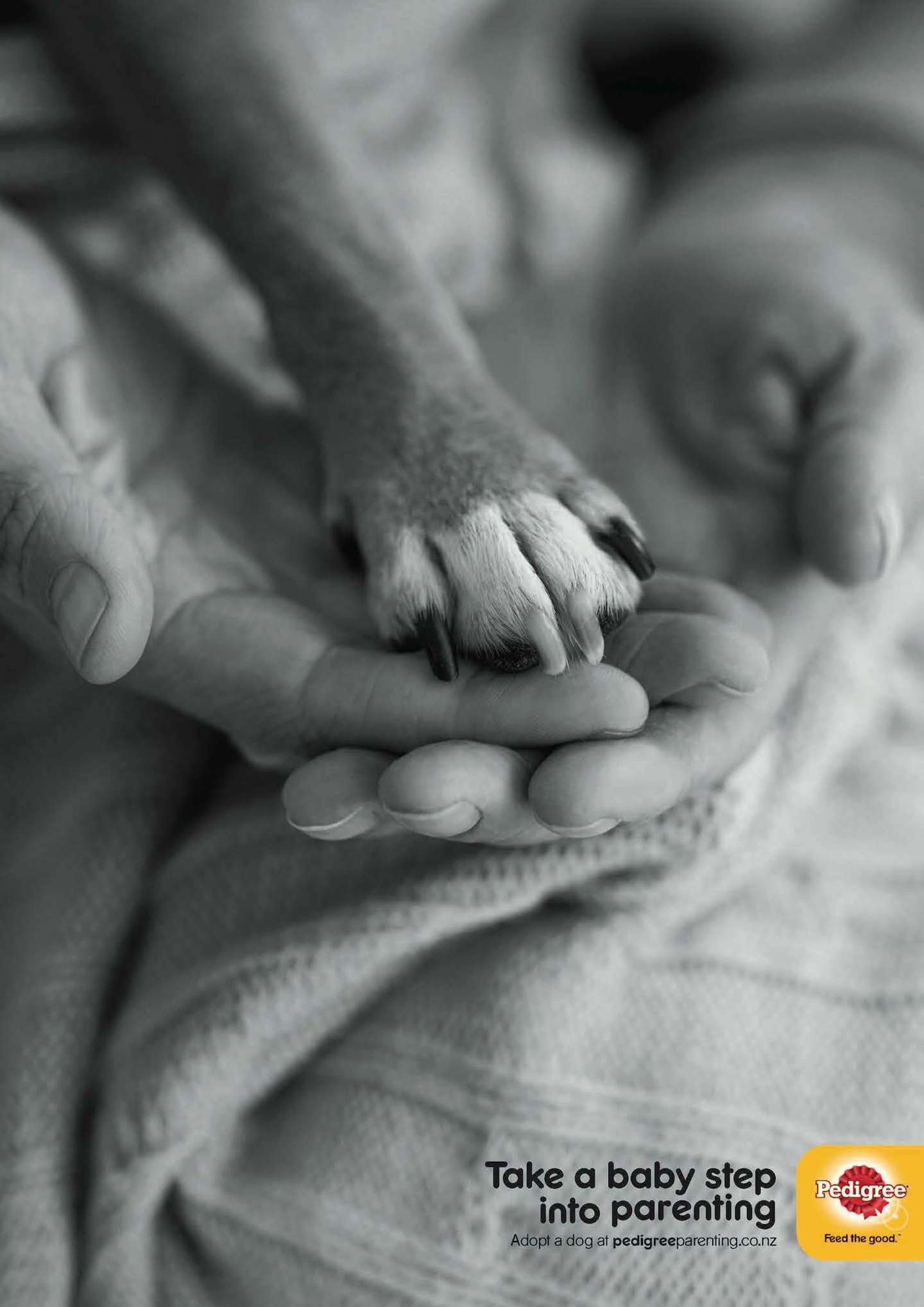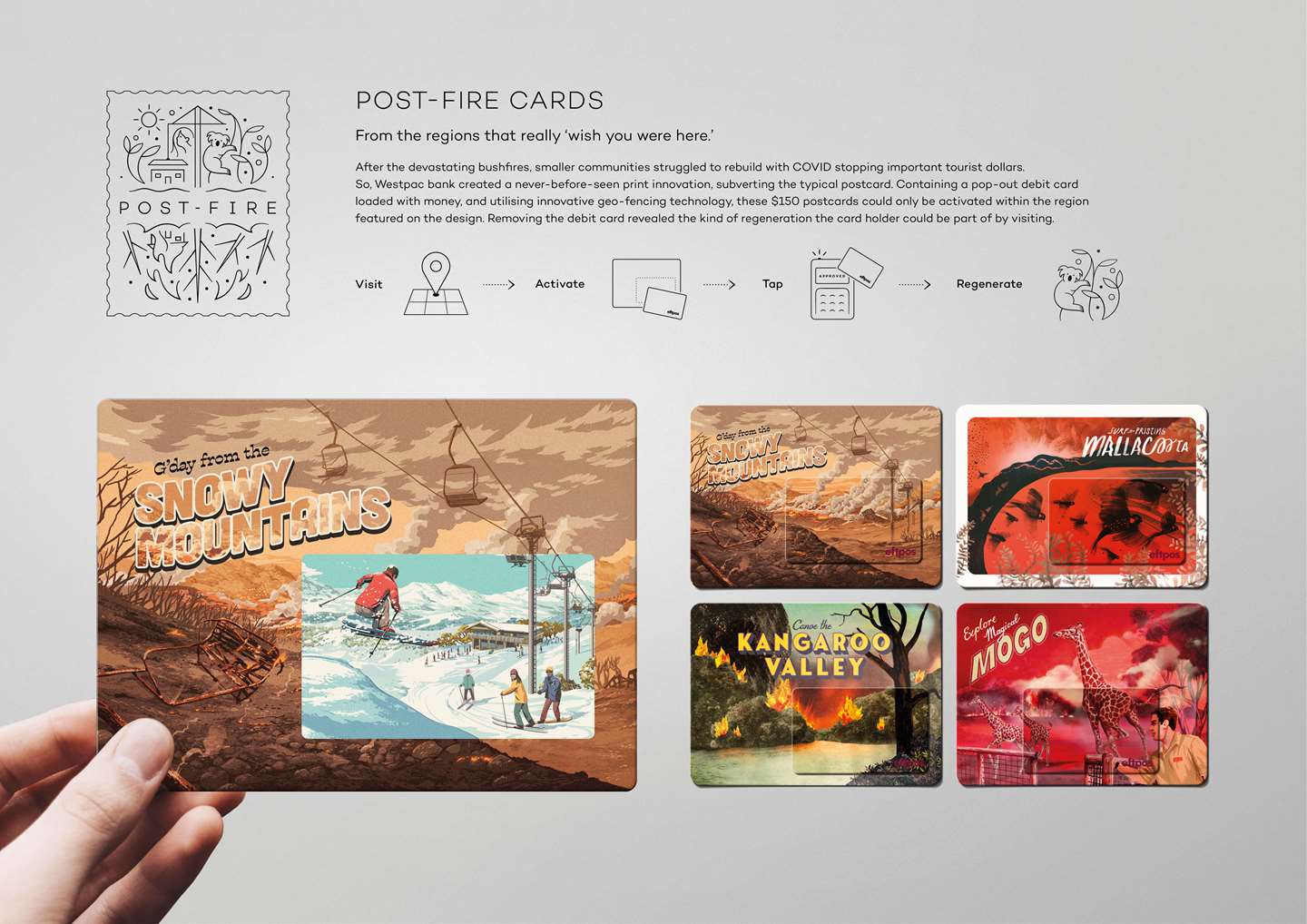At a time when there’s been a considerable drop in spend, you’d think there would be a dearth of innovation in advertising. But that beacon of creativity The Caples Awards 2021 proved otherwise – that innovation and effectiveness shine brightly despite challenging times. And with its versatility, print can more than own that creative space. We chew over the importance of creativity with Patrick Collister, who balances the running of the awards with editing Directory magazine, a showcase of innovative campaigns.
Why is creativity in advertising more important than ever?
People hate advertising. And the reason for that is because there's too much of it. I used to work for a man called David Ogilvy. And he was an outspoken opponent of posters by the roadside in America because they were visual pollutants. And he was wise enough to understand that if it wasn't regulated, then people would come to detest all advertising. And probably as a result of digital, that's exactly what's happened.
The real truth of the matter is that people don't hate advertising. They just hate bad advertising. But the trouble is, an awful lot of advertising is bad in as much as it’s ill- considered and badly targeted. So for me, creativity is actually just about empathy. If you're going to intrude on people's space, then it behoves you to be polite. And being polite means being thoughtful, not shouting at people, being charming and being persuasive. That requires consideration. And that's why creativity is more important than ever.





